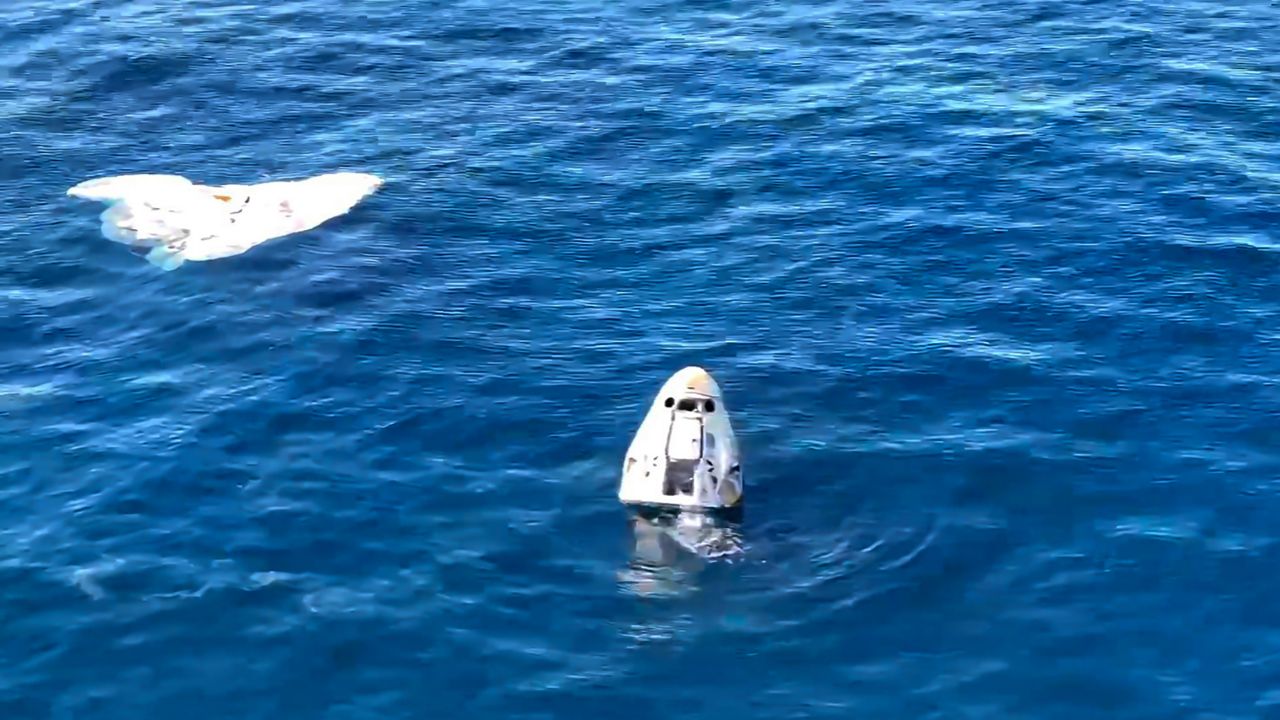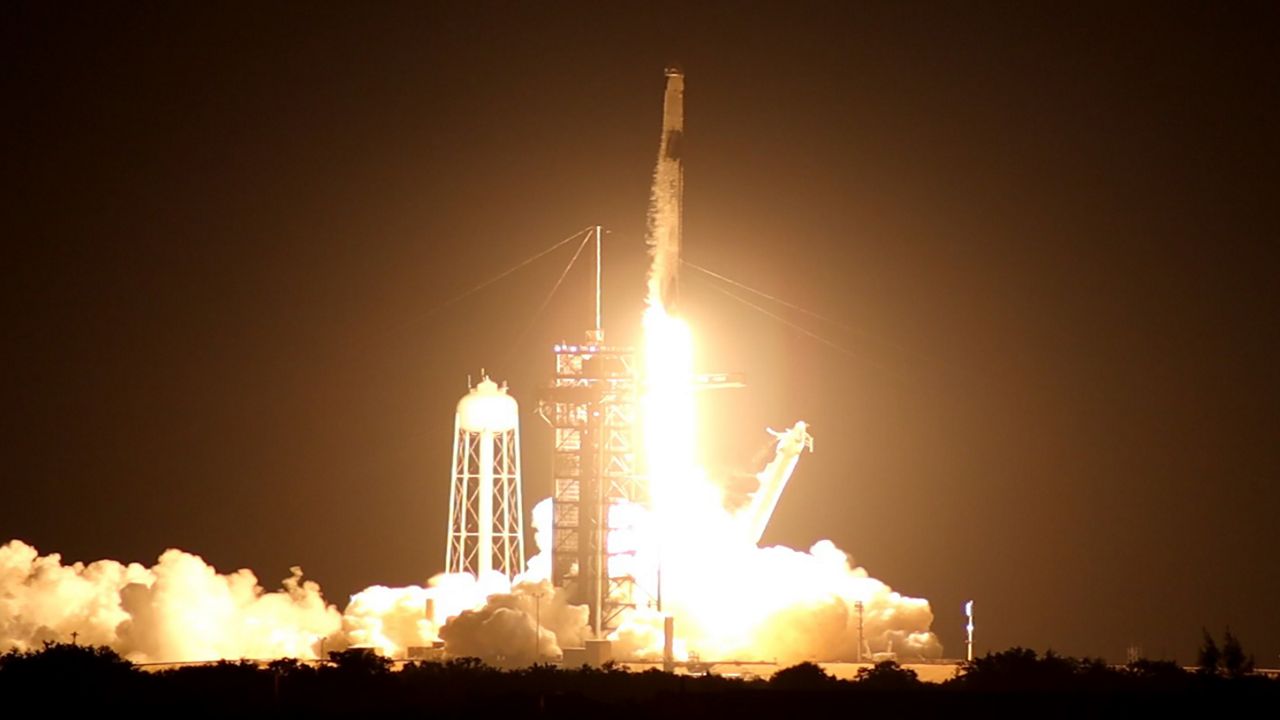KENNEDY SPACE CENTER, Fla. — SpaceX is set to try a third time to launch a Falcon 9 rocket on its Starlink mission, with one of last week's two attempts scrubbed due to weather.
One group gives the “go” or “no-go” decision for every launch from the Space Coast.
- 45th Weather Squadron decides if launches get scrubbed over weather
- SpaceX Falcon 9 launch was scrubbed twice last week
- Get more space coverage
- RELATED: SpaceX Falcon 9 Launch Scrubbed, No Plans to Launch Friday
It's the responsibility of the 45th Weather Squadron at Patrick Air Force Base in Florida to get it right on launch day.
"That's our main deal on launch days — making sure that we do not violate that criteria," said Mike McAleenan of the squadron.
The team uses Launch Commit Criteria based on the kind of rocket, plus weather factors like surface winds, upper level winds, temperature, and visibility.
Using technology like radar, weather balloons, and more to make sure it's safe to begin the mission.
In the past 30 years of missions lifting off from the Kennedy Space Center or Cape Canaveral Air Force Station, 48 percent of scrubs are because of weather violations.
Of late, upper level winds some 60,000 feet up have been to blame for delaying one of SpaceX’s last two launch attempts.
Officers say last Wednesday the winds were a whopping 120 knots at 30,000 feet — that's nearly 100 knots above acceptable.
"It's important for the mission to be successful, because it could end up like going through a wall if the winds increase with that altitude," McAleenan said.
"Those winds can increase in speed at a pretty good clip, so they steer our storm systems, and they can have an impact on planes and rockets," said Spectrum News 13 Meteorologist Chris Gilson.
Weather officers have also learned from mistakes, like lightning's effect on launches.
A bolt struck the Saturn V on the pad during Apollo 12 in 1969. Engineers had to work through navigational issues to make it a successful mission.
An Atlas Centaur-67 rocket was destroyed after lightning struck its guidance system, resulting in its destruction seconds after liftoff.
"We are a pretty good balance now between safety and reliability," McAleenan said.
The 45th Weather Squadron will be on duty for Thursday night's launch. The window runs from 10:30 p.m. to midnight.









